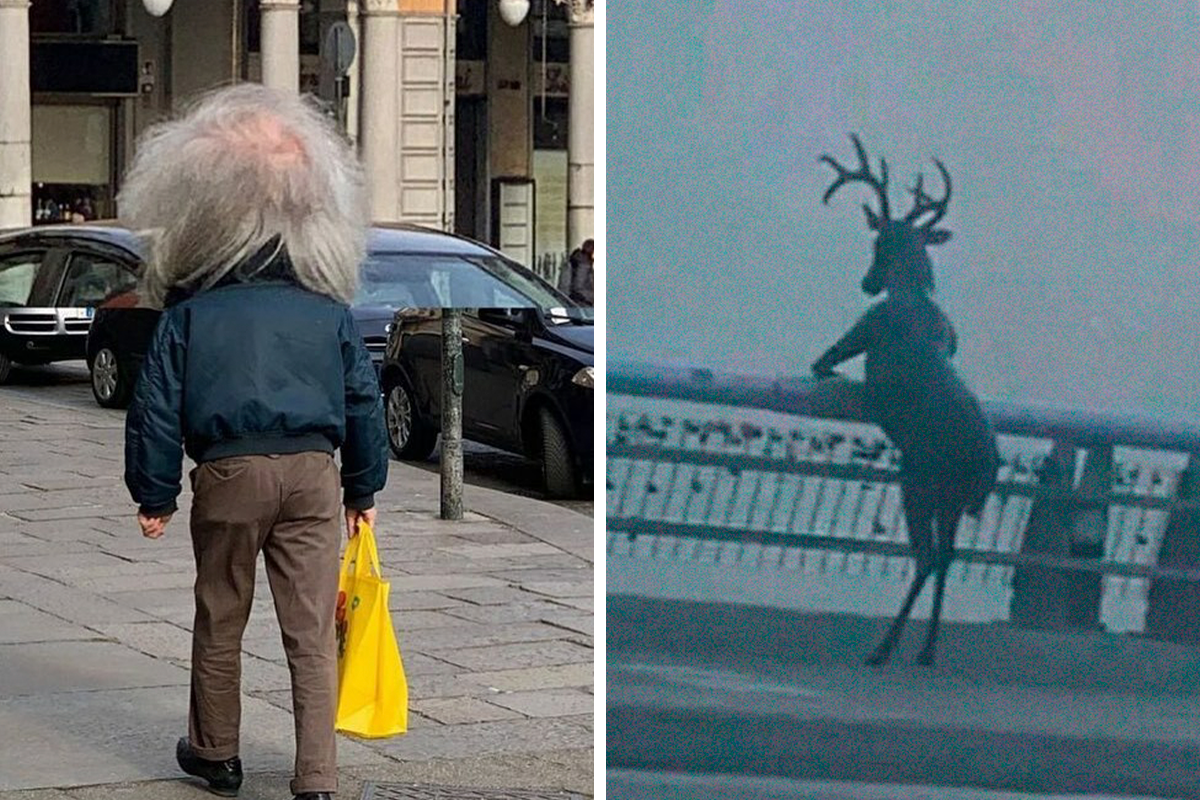The Big Dog Chair

In the sprawling, often claustrophobic world of William Faulkner’s Yoknapatawpha County, the concept of a “big dog chair” transcends its literal meaning, becoming a potent symbol of power, social hierarchy, and the enduring struggle for dominance in a world rife with complex familial relationships and simmering resentments.
The Big Dog Chair: A Symbol of Power and Hierarchy
The “big dog chair” represents the position of authority and control, often occupied by the patriarch of a family or a powerful figure in the community. It is a place of privilege, a physical manifestation of the social order, and a reminder of the rigid hierarchies that govern the lives of Faulkner’s characters.
- In “As I Lay Dying,” the Bundren family’s journey to bury Addie Bundren is driven by a desire to maintain their familial structure, even in the face of hardship. The “big dog chair” could be seen as representing Anse Bundren, the patriarch, who holds the reins of power, albeit in a rather dysfunctional and often cruel manner.
- In “The Sound and the Fury,” the Compson family, once a prominent Southern family, has fallen into decay, mirroring the decline of the Old South. The “big dog chair” could be associated with Jason Compson, the bitter and manipulative brother, who seeks to maintain a semblance of control amidst the family’s disintegration.
- The “big dog chair” can also represent the oppressive power structures of the South, as seen in “Go Down, Moses,” where the struggle for land and social standing becomes a central theme. The “big dog chair” might symbolize the white landowners who hold sway over the lives of African Americans and other marginalized groups.
The “Big Dog” in Faulkner’s World

In William Faulkner’s sprawling Southern narratives, the “big dog” isn’t just a metaphor; it embodies a potent force that shapes the lives and destinies of individuals and communities. These “big dogs” are the powerful figures, often rooted in the land and its traditions, who wield influence and exert control over the lives of others. Their actions, motivations, and the ways they navigate the complexities of power and privilege are central to understanding the intricate tapestry of Faulkner’s fictional world.
Identifying “Big Dogs” in Faulkner’s Novels
Faulkner’s “big dogs” are often figures of wealth, social standing, and entrenched power. They are the landowners, the patriarchs, the men who hold sway over the lives of others. They are characters like Thomas Sutpen in “Absalom, Absalom!” who seeks to build an empire, or the Compson family in “The Sound and the Fury,” whose legacy is marked by both privilege and decline. These “big dogs” are not simply villains; they are complex individuals, driven by ambition, pride, and a deep-seated sense of ownership over the land and its people.
- Thomas Sutpen, in “Absalom, Absalom!”, embodies the relentless pursuit of power and the tragic consequences of ambition. His relentless drive to establish a dynasty, built on the backs of others, ultimately leads to his downfall and the unraveling of his carefully constructed world.
- The Compson family, in “The Sound and the Fury,” is a microcosm of the South’s changing landscape. The family’s decline, marked by a sense of entitlement and a resistance to change, highlights the struggles of a once-powerful lineage grappling with the loss of its traditional authority.
- Jason Compson, in “The Sound and the Fury,” is a particularly poignant example of a “big dog” who is consumed by bitterness and resentment. He is driven by a desire to maintain his power and control over his family, even as he alienates those around him and perpetuates a cycle of suffering.
Contrasting “Big Dogs” with Ordinary Characters
Faulkner’s “big dogs” stand in stark contrast to the ordinary characters who populate their world. While the “big dogs” are driven by ambition and a sense of entitlement, the ordinary characters often struggle to survive, to make sense of the world around them, and to find their place in a society that is increasingly changing.
- Quentin Compson, in “The Sound and the Fury,” is a sensitive and introspective young man who grapples with the weight of his family’s history and the complexities of his own identity. His struggles to understand the world and his place within it offer a counterpoint to the domineering presence of the “big dogs” in his life.
- Dilsey, the black servant in “The Sound and the Fury,” is a powerful figure in the novel, even though she is not a “big dog” in the traditional sense. Her resilience, her unwavering loyalty, and her deep understanding of the Compson family provide a moral compass amidst the chaos and decay that surrounds her.
- Joe Christmas, in “Light in August,” is a character who is ostracized and marginalized because of his mixed racial heritage. His struggle for identity and acceptance in a society that is deeply divided by race highlights the impact of power structures on the lives of those who are deemed “different.”
The Chair as a Symbol in Faulkner’s Works

Faulkner’s masterful use of symbolism permeates his novels, and the humble chair emerges as a recurring motif, laden with profound meaning. More than just furniture, chairs in Faulkner’s world represent power, authority, and the intricate social dynamics of the South. They are potent symbols of the past, present, and future, reflecting the complexities of human relationships and the enduring legacy of history.
The Chair as a Symbol of Power and Authority
The chair’s association with power and authority is a recurring theme in Faulkner’s works. The act of sitting, particularly in a prominent or elevated position, often signifies control and dominance. For instance, in “The Sound and the Fury,” the Compson family patriarch, Jason Compson, sits on the porch, wielding his authority over his family. The chair becomes a physical manifestation of his control and his unwavering belief in his superiority. Similarly, in “As I Lay Dying,” Anse Bundren, the patriarch of the Bundren family, sits on a chair, a symbol of his unwavering determination to fulfill his wife’s final wish, even if it means enduring hardships and suffering.
The Chair as a Symbol of Memory and Legacy, Big dog chair faulkner
Chairs also serve as powerful symbols of memory and legacy in Faulkner’s novels. They represent the weight of the past and the enduring influence of ancestors on the present. In “Light in August,” Joe Christmas, the protagonist, is haunted by his past and his search for identity. He finds solace in the memories of his childhood, which are often associated with specific chairs. The chair becomes a tangible connection to his past, a reminder of his family history and the complex web of relationships that have shaped his life.
The Chair as a Symbol of Change and Transition
The chair can also symbolize change and transition, marking moments of significant transformation in the lives of Faulkner’s characters. In “Absalom, Absalom!,” the chair becomes a symbol of the decline of the Sutpen family. As the family’s fortunes dwindle, the once grand chairs in their mansion are left empty, reflecting the emptiness of their lives and the loss of their former glory. The chair, once a symbol of power and prosperity, becomes a symbol of decay and decline.
The Chair as a Symbol of Isolation and Loneliness
In many of Faulkner’s novels, the chair is associated with isolation and loneliness. Characters often sit alone in chairs, reflecting their sense of alienation and their struggle to connect with others. In “The Wild Palms,” Harry Wilbourne, the protagonist, is driven by a desire for freedom and independence. He finds himself isolated from others, often sitting alone in chairs, a testament to his solitary existence. The chair becomes a symbol of his emotional detachment and his inability to form meaningful relationships.
The Chair as a Symbol of Death and Mortality
Finally, the chair can also symbolize death and mortality in Faulkner’s works. In “A Farewell to Arms,” the protagonist, Frederic Henry, sits in a chair as he watches his beloved Catherine die. The chair becomes a symbol of the inevitability of death and the fragility of life. In “The Sound and the Fury,” the Compson family patriarch, Jason Compson, sits in a chair as he watches his family fall apart. The chair becomes a symbol of his helplessness and his inability to prevent the inevitable decline of his family.
The Big Dog Chair in Modern Society: Big Dog Chair Faulkner
The concept of the “big dog chair” transcends the realm of Faulkner’s fictional world and resonates deeply within the fabric of modern society. While the physical manifestation of a grand, imposing chair may not be as prevalent today, the symbolic representation of power and dominance embedded within it remains a potent force shaping social interactions and hierarchies.
Power Dynamics in Contemporary Society
The “big dog chair” in contemporary society manifests itself in a multitude of ways, often subtly woven into the fabric of our daily lives. Power dynamics are not solely confined to overt displays of authority, but rather permeate the nuances of social interactions. The “big dog chair” can be found in the corner office with a panoramic view, the executive suite adorned with luxurious furnishings, or even the coveted seat at the head of the conference table. These physical spaces, often strategically designed to convey power and status, serve as a tangible representation of the invisible hierarchies that govern our interactions.
- Corporate Culture: In the corporate world, the “big dog chair” can be seen in the opulent offices of CEOs and senior executives, often situated in a commanding position overlooking the rest of the workplace. The size, design, and location of these offices serve as a visual reminder of the power differential between those at the top and those below.
- Political Arena: The “big dog chair” is also evident in the political arena, where the President’s Oval Office, with its iconic Resolute Desk, embodies authority and power. The design of the office, with its strategic placement of furniture and symbols of national power, reinforces the President’s position as the leader of the nation.
- Social Media: Even in the virtual world of social media, the “big dog chair” can be found. The “influencer” who amasses a large following and commands attention, the “celebrity” who garners millions of followers, and the “expert” who wields authority in their niche are all examples of individuals who occupy a position of power and influence within their respective digital spheres.
Visual Representation of the Big Dog Chair in a Contemporary Setting
Imagine a bustling city street, a cacophony of sounds and sights. In the heart of this urban landscape stands a towering skyscraper, its glass facade reflecting the city’s vibrant energy. Within the skyscraper’s penthouse suite, a sprawling office overlooks the city below. The office is a testament to power and success, adorned with luxurious furnishings and state-of-the-art technology. In the center of the room, a massive leather chair sits strategically positioned, its commanding presence commanding attention. This is the “big dog chair,” a symbol of the CEO’s authority and control over the vast corporate empire that stretches out beneath him. The chair’s design, its size, and its placement are all deliberate, reflecting the CEO’s position of power and influence within the organization.
The “Big Dog Chair” in Art and Literature

The concept of the “big dog chair,” as explored by Faulkner, transcends the physical realm and delves into the symbolic representation of power, dominance, and social hierarchy. This concept, rooted in the tangible image of a chair reserved for the most powerful, resonates across artistic and literary landscapes, finding echoes in various forms of creative expression.
The “Big Dog Chair” in Visual Art
The “big dog chair” concept finds expression in visual art through various mediums, with artists employing different techniques to convey the themes of power, dominance, and social hierarchy.
- Sculptures: Sculptures often depict imposing figures or objects, signifying power and dominance. A large, ornate chair, perhaps made of marble or bronze, could represent the “big dog chair,” symbolizing the seat of authority and control.
- Paintings: Paintings, particularly those depicting historical scenes or social gatherings, can subtly incorporate the “big dog chair” concept. A prominent chair, positioned strategically in the foreground, might represent the seat of power, with the individuals seated on it holding a position of authority.
- Photography: Photography can capture the essence of the “big dog chair” by focusing on the physical object and its surroundings. A photograph of a large, imposing chair in a grand room, perhaps with a solitary figure seated upon it, can evoke the sense of power and isolation associated with the “big dog chair.”
The “Big Dog Chair” in Literature
The “big dog chair” concept has been explored in various literary works, serving as a symbolic representation of power dynamics and social structures.
- Shakespeare’s “Hamlet”: In Shakespeare’s “Hamlet,” the throne, a symbolic representation of the “big dog chair,” serves as a focal point of power struggles and ambition. The characters vying for the throne, including Claudius and Hamlet himself, demonstrate their desire for power and control.
- George Orwell’s “Animal Farm”: In Orwell’s “Animal Farm,” the “big dog chair” is embodied in the pigs’ gradual rise to power. They begin by claiming the right to the best food and then eventually take over the farm completely, effectively occupying the “big dog chair.”
- Toni Morrison’s “Beloved”: Morrison’s “Beloved” explores the legacy of slavery and its lasting impact on the characters. The “big dog chair” is represented by the white power structure, which oppresses and exploits the African American community.
The “Big Dog Chair” as a Starting Point for Creative Writing
The “big dog chair” concept can serve as a springboard for creative writing, offering a powerful symbol to explore themes of power, hierarchy, and social commentary.
“The chair was more than just furniture; it was a throne, a symbol of power and control.”
- Power Dynamics: A story centered around a “big dog chair” can explore the complex dynamics of power between individuals or groups. The chair can be used to represent the dominant figure, with other characters vying for a place on it or seeking to overthrow its occupant.
- Social Hierarchy: The “big dog chair” can be used to represent the social hierarchy of a particular setting. The characters who occupy the chair are often those who hold the most power and influence, while others struggle to climb the social ladder and gain access to the coveted seat.
- Social Commentary: The “big dog chair” can be used to critique societal structures and power imbalances. A story can explore the consequences of unchecked power and the struggle for equality and justice.
